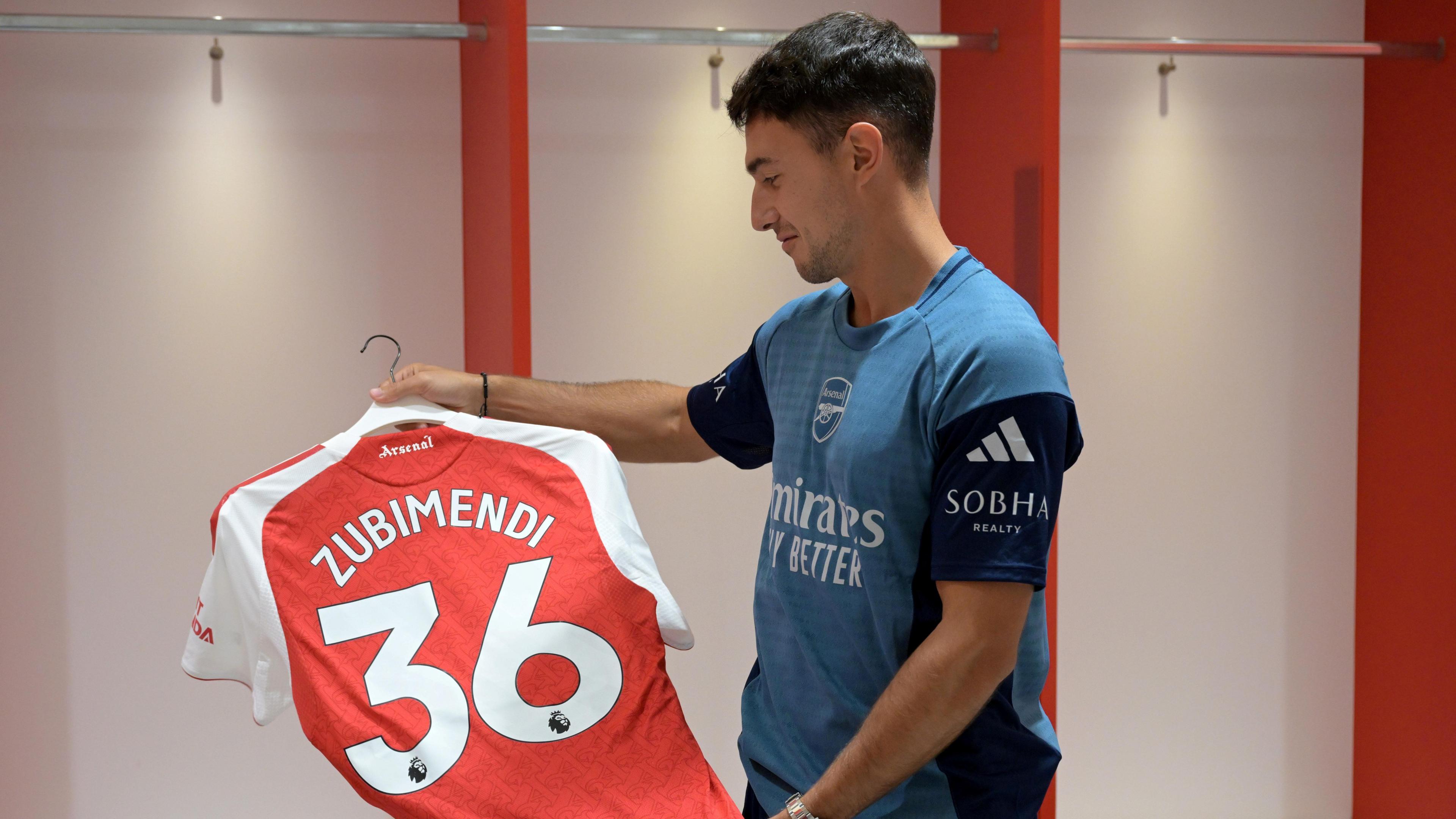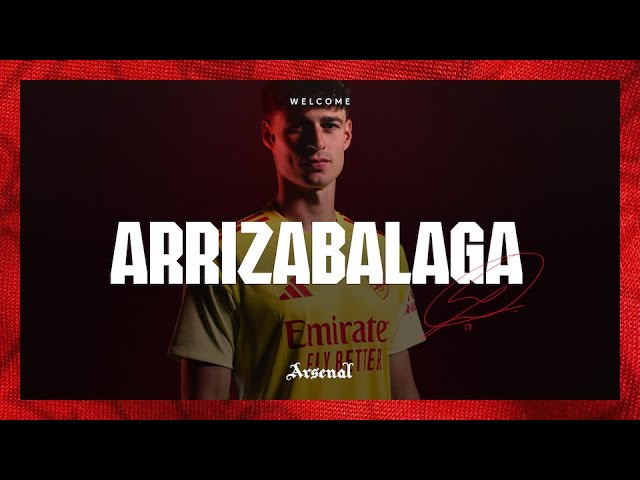Eulogy in Code: How deadmau5 Developed a Gaming Tribute to His Late Cat, Meowingtons

Back in 2012 inside a Toronto penthouse, a domestic shorthair cat once gazed out over Yonge–Dundas Square, his own face beaming back at him in LED glory from a billboard below. "Do you even fucking know? Do you care?" Joel Zimmerman, better known as deadmau5, recalls asking him of the massive album ad featuring his face.
The cat didn't. Typical.
But in true deadmau5 fashion, where innovation meets self-deprecation, Meowingtons' indifference didn't stop him from becoming a muse. And now, posthumously, a playable one.
Zimmerman has unveiled Meowingtons Simulator, a tribute to his late companion, who sadly passed away in August 2023. Developed under his newly launched Oberha5li Studios banner and powered by Epic Games' Unreal Engine, it's a rhythm-based rag doll game where players control a digitized, dancing Meowingtons in a virtual nightclub.
"Meowingtons was basically a rag doll in real life," Zimmerman tells EDM.com. "You'd pick him up and he'd just flop. You could make him dance and he was just cool with it, which was really funny."
A famous 1935 thought experiment by the theoretical physicist Erwin Schrödinger illustrated the oddity of quantum mechanics by imagining a cat in a sealed box that is simultaneously alive and dead until someone observes it. Like Schrödinger's cat, Meowingtons now exists in its own quantum state of parody and poignancy.
But don't mistake Meowingtons Simulator for therapy in disguise. While it does function as a sort of eulogy in code, it's more so a seedbed for Zimmerman's big ambitions with his new game development studio.
"It's not a grief process or coping mechanism," he insists. "Meowingtons lived to be 16. That's pretty alright, so it's not like 'woe is me.' I processed it in a day, maybe two. It happens."
Ever since Zimmerman got into game development, he says, he's been learning about rag doll physics in Unreal Engine. One of his earliest experiments was building a cat model that behaved and looked like his own, the first prototype of which was a low-poly kitty with no fur, flopping around with the grace of a drunk sock puppet.
When activated by the cue button, the cat transitions from procedural animation into rag doll mode, where its movements are entirely governed by gravity and physics. Zimmerman compares the dynamics to a concept he admits is "really dark": imagine holding a lifeless cat by its head and tail, then watching it flop around as though it's "nodding to the beat."
The sim's rag doll physics create the illusion of the cat dancing to the music, akin to a puppet's movements, but without showing the strings. Zimmerman likens it to the unsettling realities behind the production of hot dogs: it works, but it's better not to ask how. Oberha5li Studios
It's the kind of thing that only someone who's spent years in Unreal Engine forums and nerding out over real-time audiovisual mechanics can appreciate. That passion led him to meet Aaron McLeran and Max Hayes, Epic Games' Lead Audio Programmer and Senior Audio Programmer, respectively. They worked on the bleeding-edge Quartz subsystem, a sample-accurate timing engine that syncs audio with precision far beyond standard frame rates.
Zimmerman emphasizes the need for hyper-precise synchronization between audio and visual elements to avoid lag in game engines, where even minuscule misalignments are noticeable. In most games, he explains, visuals are rendered at a relatively low rate of between 60 and 120 frames per second. However, audio operates on a much finer timescale, at 48,000 samples per second, which means audio events can happen in sub-microsecond intervals.
This massive difference, which he refers to as a "chasm," makes it difficult to tightly sync visual cues with specific audio samples, like a kick drum or snare hit. That's where the processing of Quartz came in.
Running parallel to Unreal Engine, the tech, for which Zimmerman has a deep fascination, essentially acts as a reliable metronome for audio within it. The system enabled him to cue visuals and gameplay events exactly in time with the music, even at unconventional tempos with pesky decimals like 128.6 BPM.
"So it's that technology that really drove me to [game creation] and finding these different use cases," he says. "Then it was a marriage of, let's take my rag doll cat and attach it to the port system so that every beat, the handle would go up. And if I changed the BPM up and down, the cat would perfectly be in sync. And I thought, 'This is funny as hell. I should make a game.'" Oberha5li Studios
But this wasn't just about noodling with the physics of a noodle-legged cat. Despite the hilarity of it all, Zimmerman realized early on that a floppy feline wasn't quite a game. So he brought in veteran programmer Cameron Rockey, who added multiplayer features, cosmetics and, perhaps most crucially, a sense of community.
"What are the little things we can add to build a community feel?" Rockey recalls asking. Under his direction, what began as a quirky, simplistic simulator quickly evolved into a more immersive, socially-driven experience.
One of the first things he did was replicate dance variables across players' cats so everyone could jam out together, even if they were listening to different tracks. "The cats in the nightclub are synchronized to your local music rather than us sharing the music," Rockey explains. "So you could be hanging out together, but doing something different at the same time."
Rockey, who has over two decades of dev experience, then layered in leaderboards and a "mau5head builder" that lets players assemble custom deadmau5 helmets using collectibles gathered around the map.
"We started adding more and more little features like that for the community to do and customize their experience within Meowingtons, but staying on-brand for deadmau5," he says. Oberha5li Studios
While the co-founders' passion for game creation drives the project forward, its development process remains refreshingly unpretentious at its core. Behind the expanding features and growing fan involvement lies a partnership unburdened by corporate game development conventions—just two avid creators following their instincts.
"Don't get me wrong. I like to think I'm pretty talented, and I know Cameron's very talented with game design," Zimmerman says. "But we're just two dudes fucking around on Discord and making a game."
That's underselling it. After fetching an estimated $55 million through Create Music Croup's acquisition of his timeless music catalog, he says he has big plans for Oberha5li Studios, which is shaping up to be much more than a passion project.
"We're at our first little thing and I anticipate growing this company over the next couple of years," Zimmerman says. "Maybe two years from now, I'll be 10 employees deep and we'll have a bigger, more AAA-looking title on the go. So the ambition is high."
Meowingtons Simulator is available now on Steam.
















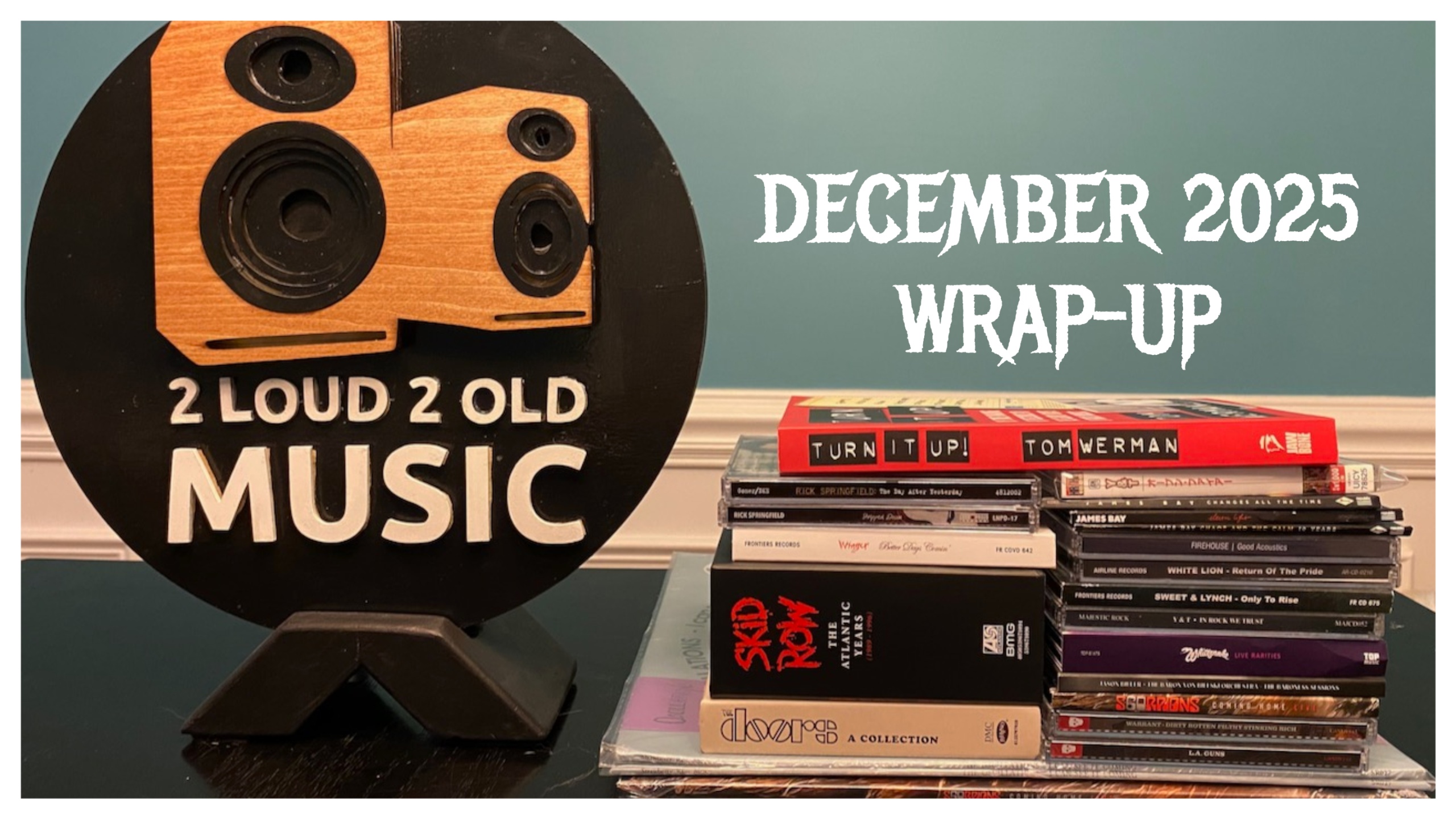












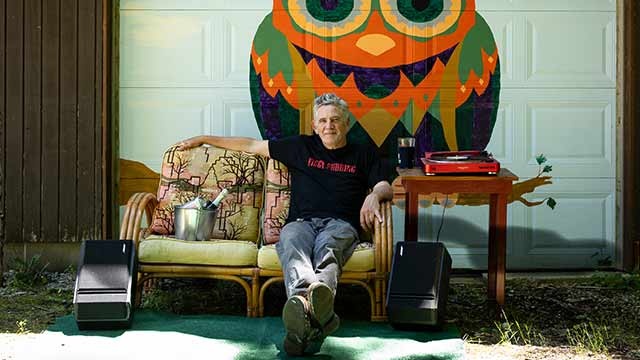
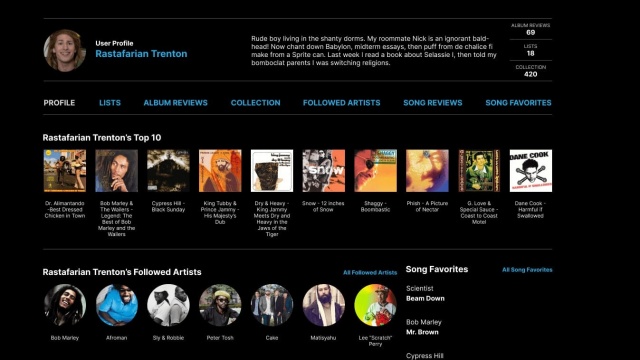

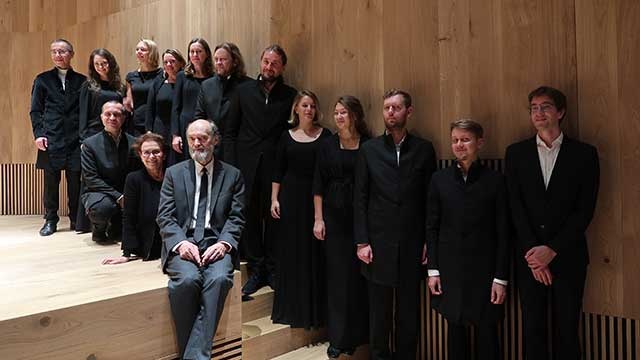

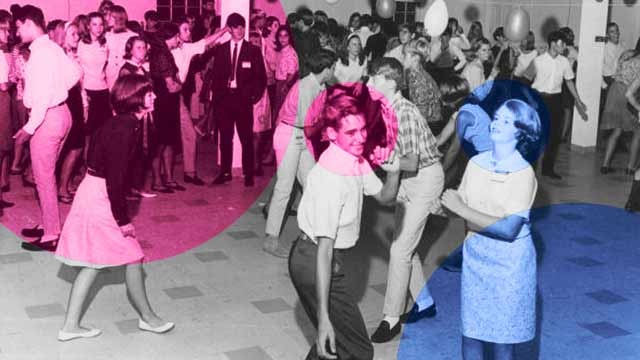




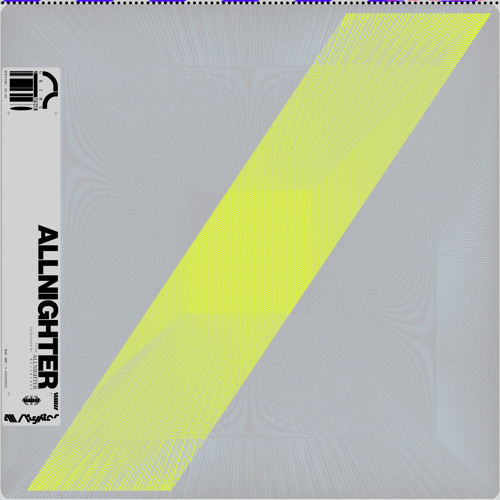



























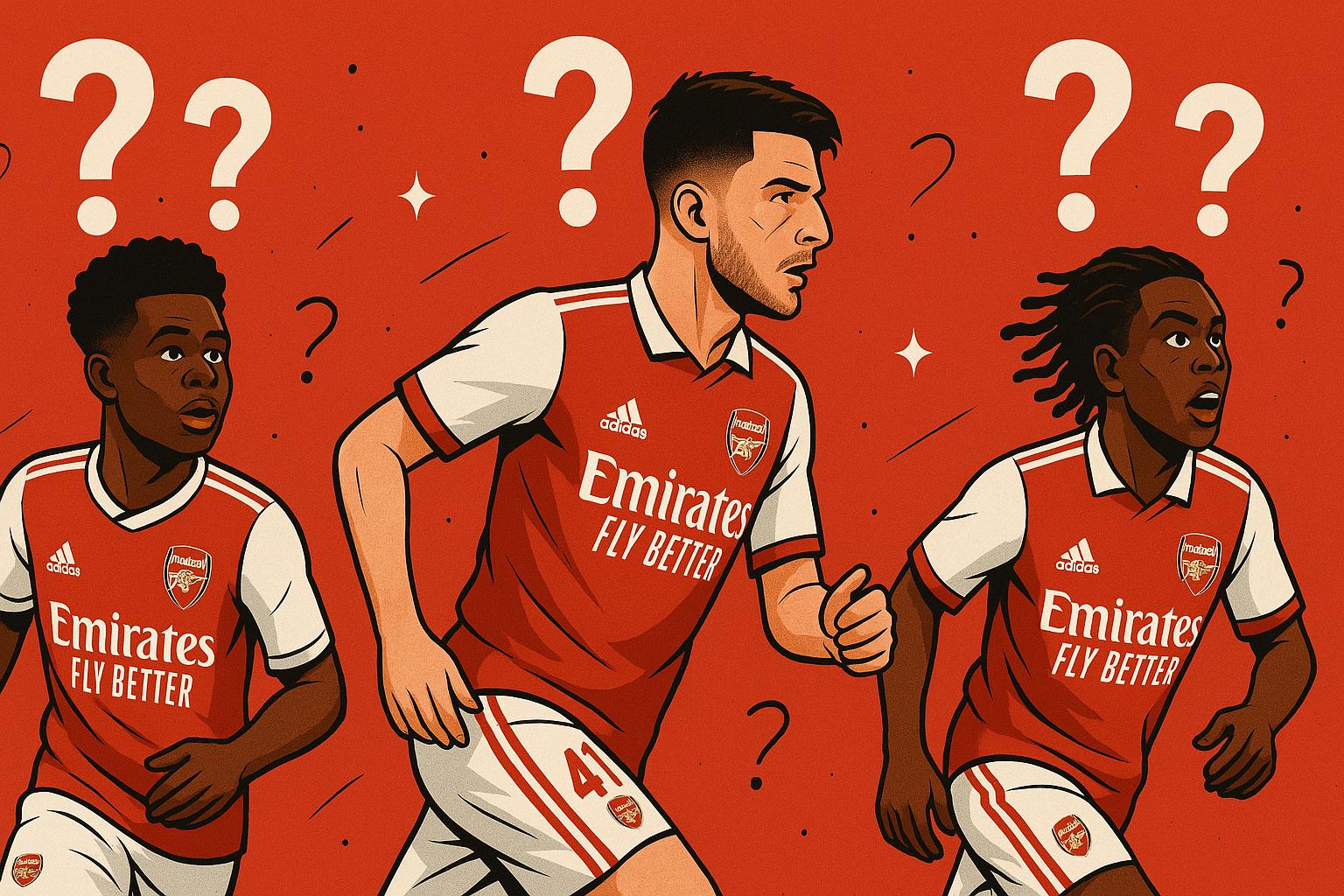



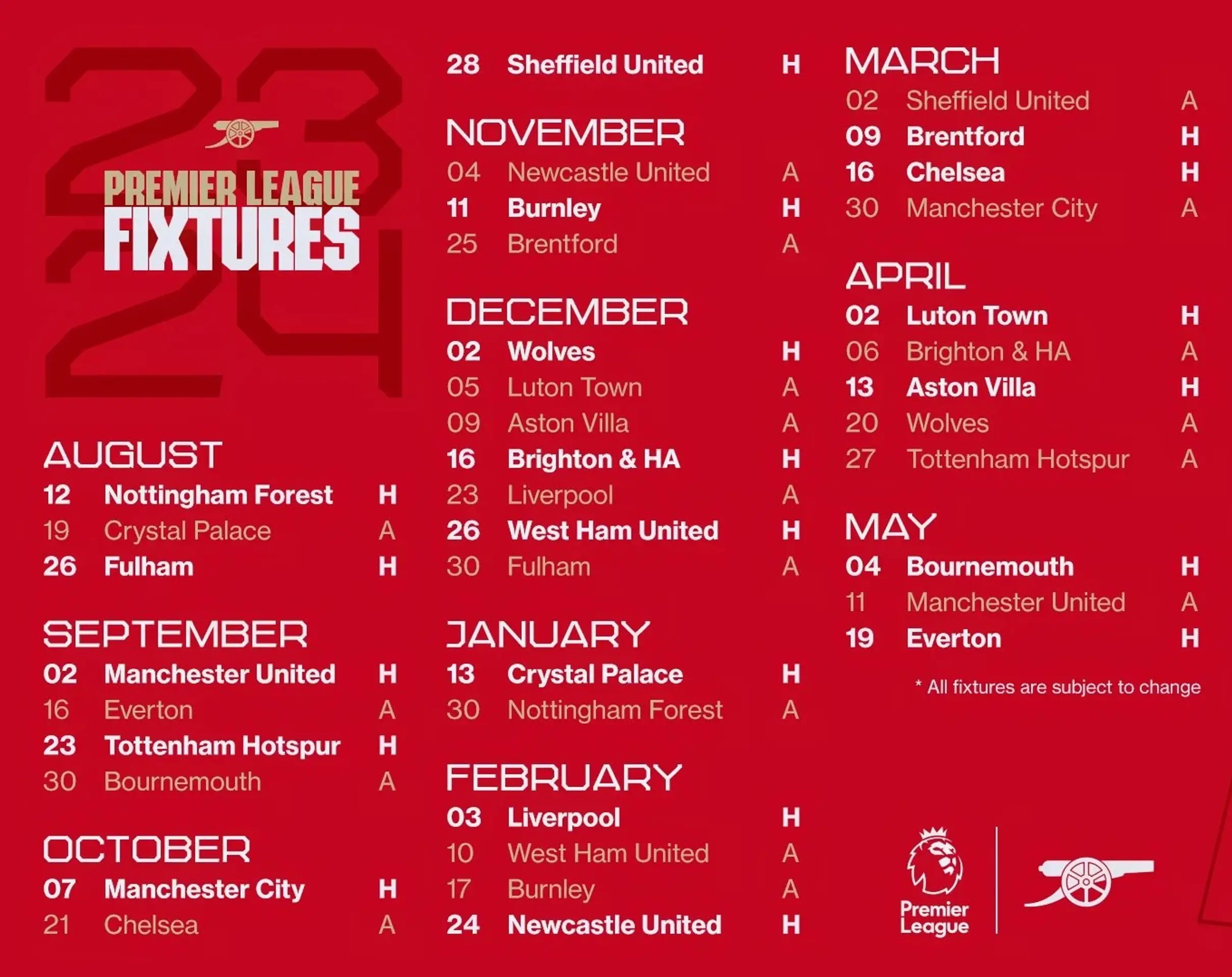











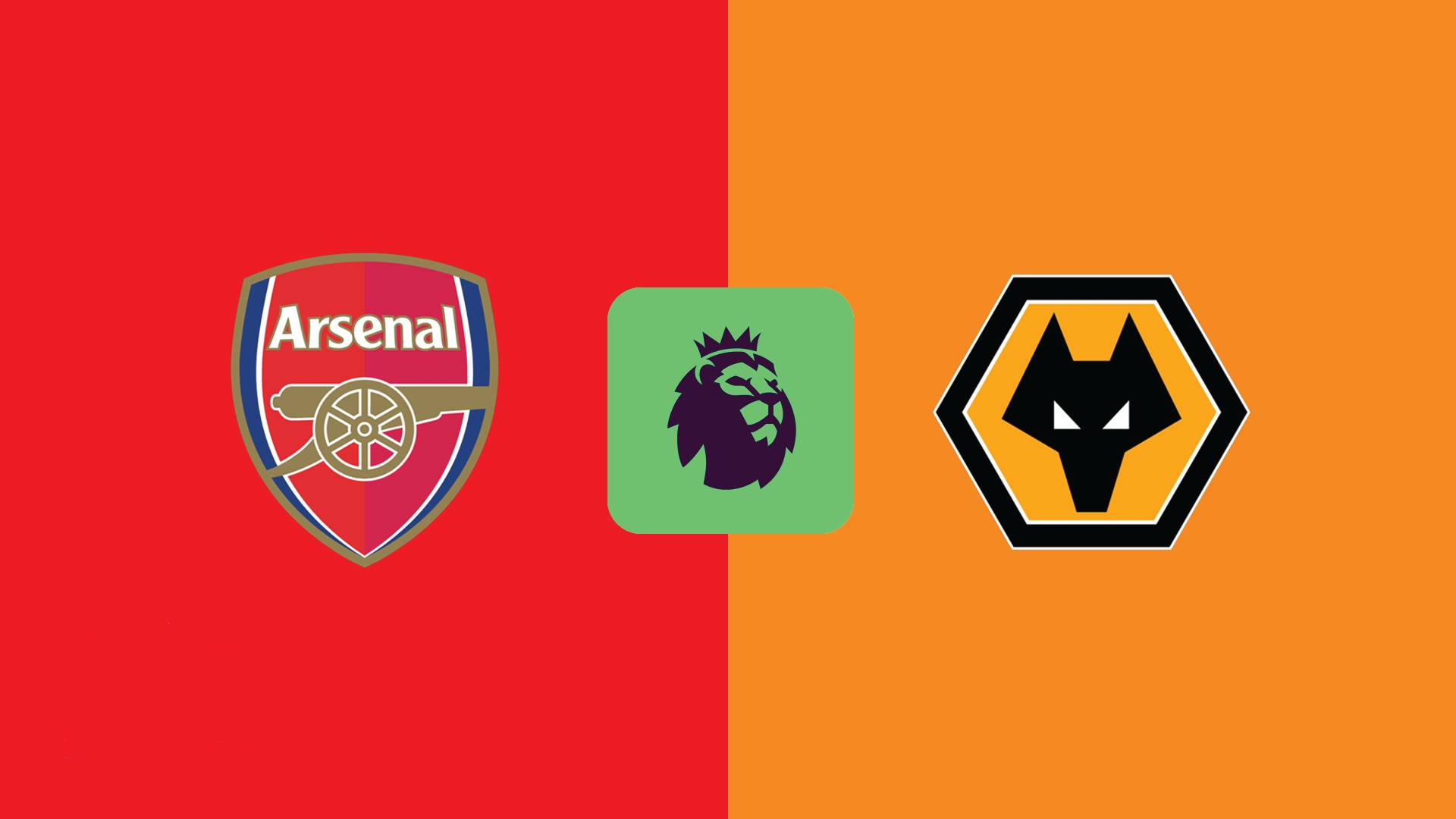







:format(webp)/cdn.vox-cdn.com/uploads/chorus_image/image/66321622/1206682849.jpg.0.jpg)















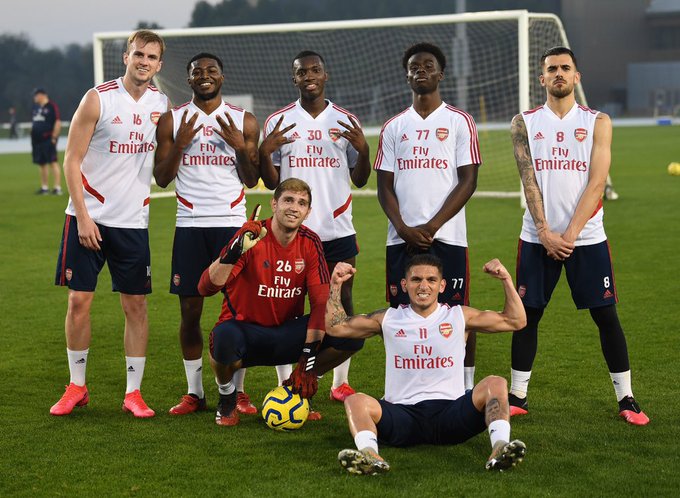









:format(webp)/cdn.vox-cdn.com/uploads/chorus_image/image/67131045/1261725039.jpg.0.jpg)







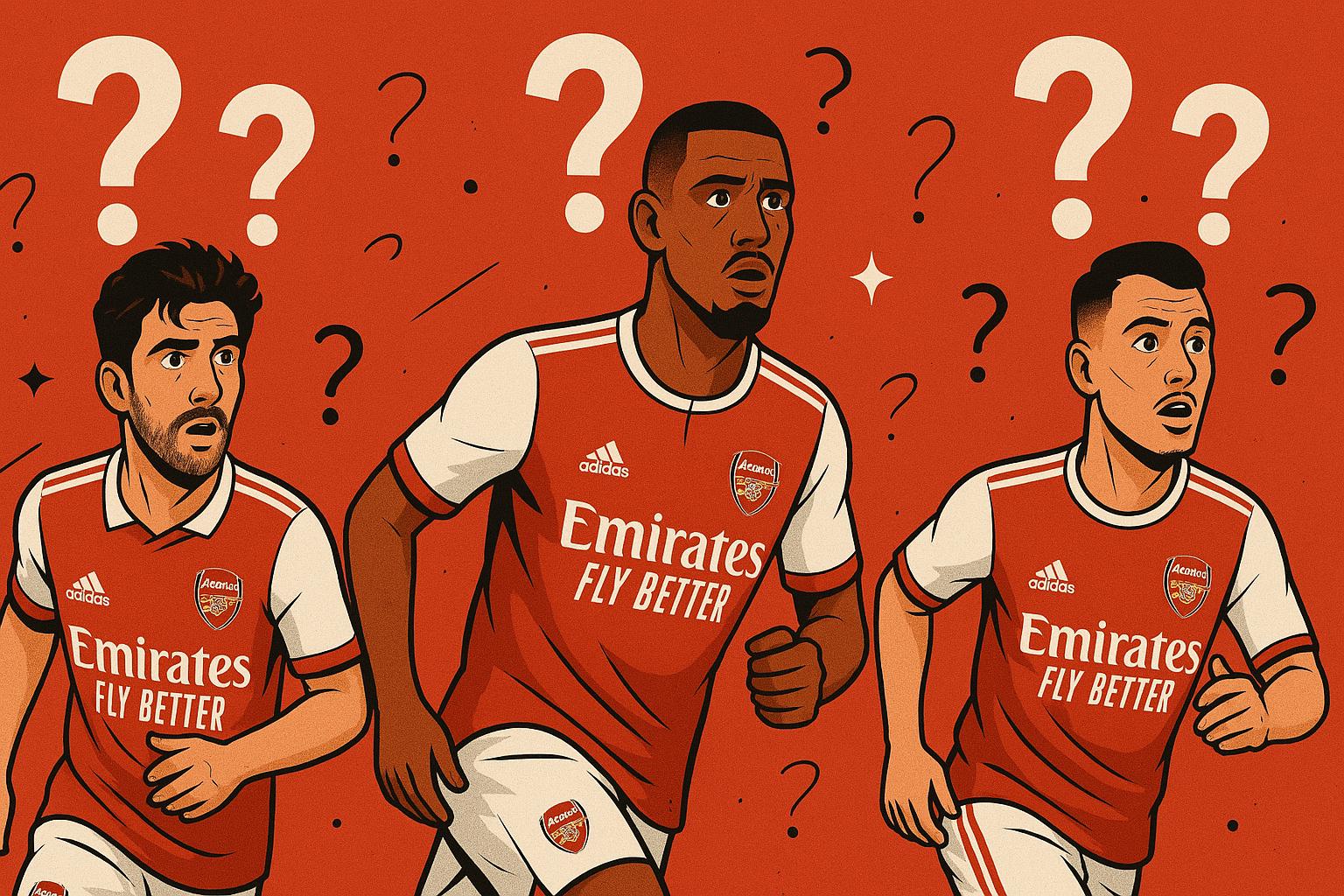




























/origin-imgresizer.eurosport.com/2024/02/04/3880159-78836108-2560-1440.jpg)



